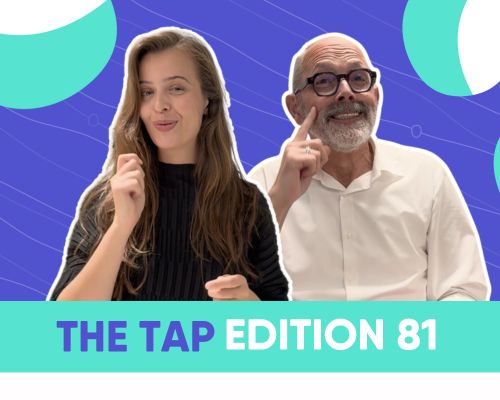Published on: 15th March 2024
In a world that thrives on effective communication, it is crucial to break down barriers and foster inclusive conversations with individuals from diverse backgrounds. One group that can be affected by misconceptions is the Deaf community. Communicating with deaf people can seem daunting if you are not familiar with their unique needs and preferences. In this blog, we will debunk four common myths about interacting with deaf individuals and provide valuable tips for fostering better communication.
Myth 1: Lip reading is easy.
Lip reading requires a great deal of concentration, which can be compromised when someone is stressed, vulnerable, experiencing distractions or injured.
Myth 2: Everything can be lip read.
Only about 30% of English sounds occur on the lips. Other sounds occur, unseen, in the mouth and the back of the throat.
Myth 3: If a deaf person speaks or wears hearing aids, they can hear speech.
In many cases this is not true. Often hearing aids provide limited access to environmental sounds, such as a car or plane and only give limited access to speech. Some deaf people can vocalise but they may not be able to hear what you say.
Myth 4: Deaf people are solely responsible for making communication accessible.
Creating an inclusive environment is a shared responsibility. Expecting deaf individuals to solely accommodate others’ needs creates exclusion. As a hearing person, take the initiative to educate yourself about deaf culture, learn some sign language, and communication strategies. Consider providing accessible options such as written notes or using visual aids when necessary. By fostering a collaborative approach, we can create an environment where everyone is valued and understood.
Tips for Better Communication:
- Use clear and concise language.
- Maintain eye contact, avoid covering your mouth and face people while speaking.
- Give time for people to process information and respond.
- Be patient, understanding, and respectful of individual communication preferences.
- If unsure, ask the person how they prefer to communicate and make necessary adjustments.
- Use visual aids, gestures, or written notes to supplement verbal communication. You could also book an Auslan/English interpreter.
- Educate yourself about deaf culture and the diversity within the Deaf community.
You can find out more about the Deaf community, their culture and Auslan as a language by signing up to our Deaf Awareness Training program: https://deafconnect.org.au/tracks/deaf-awareness-training








